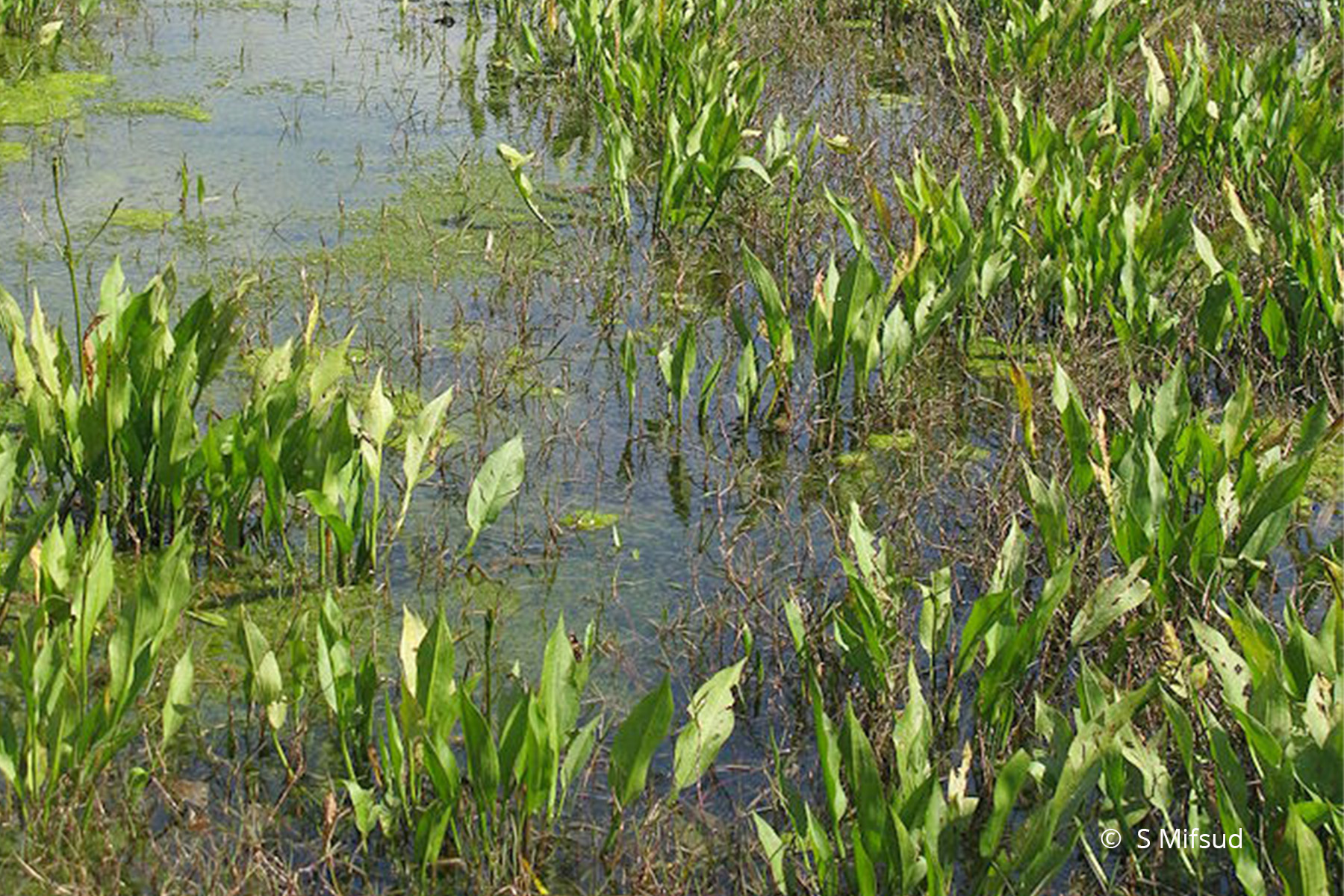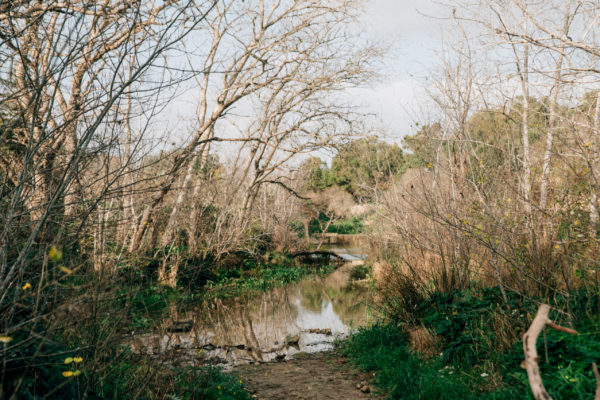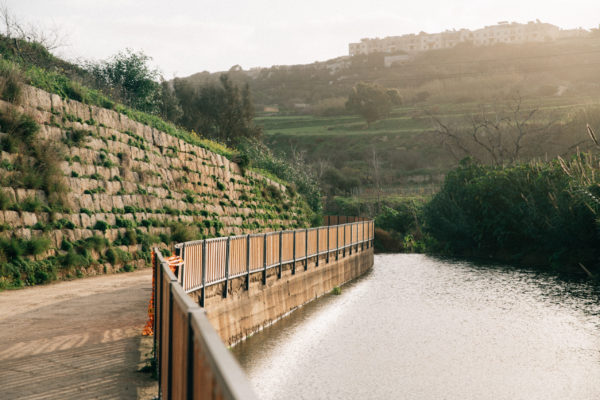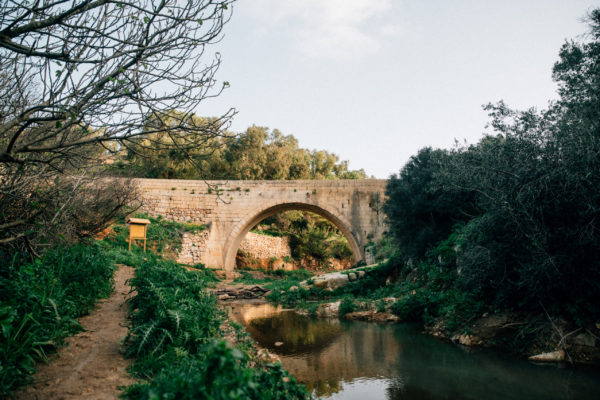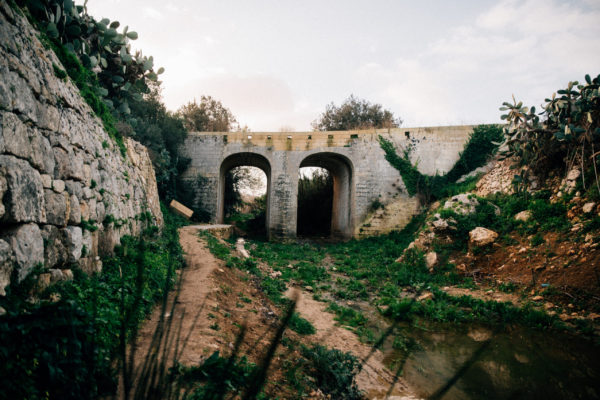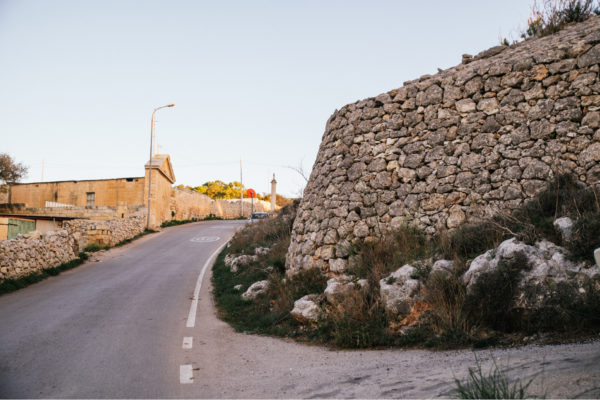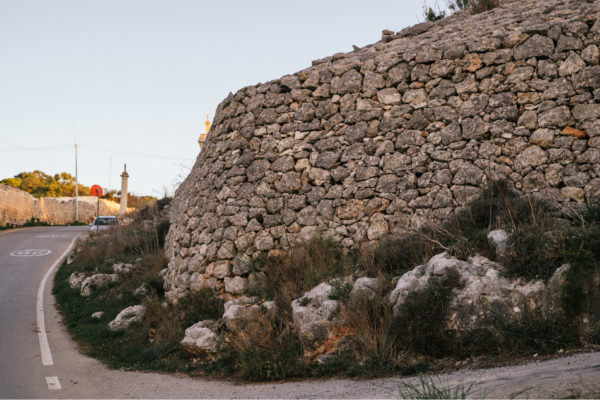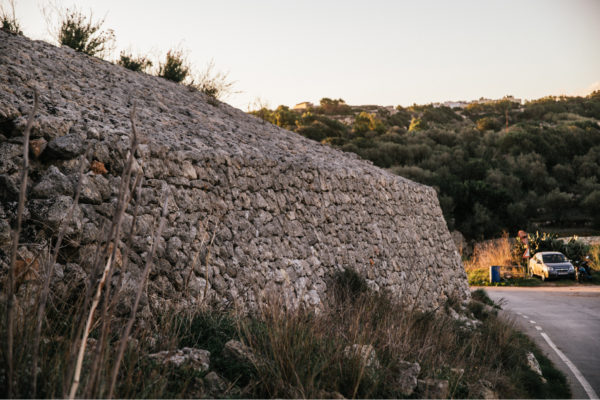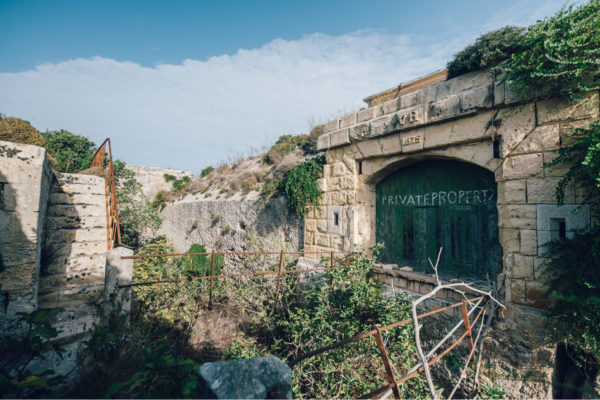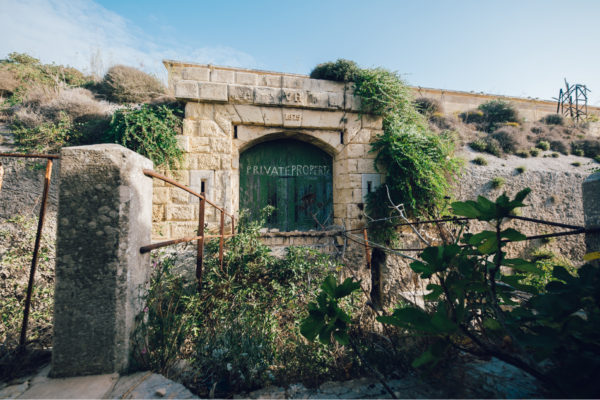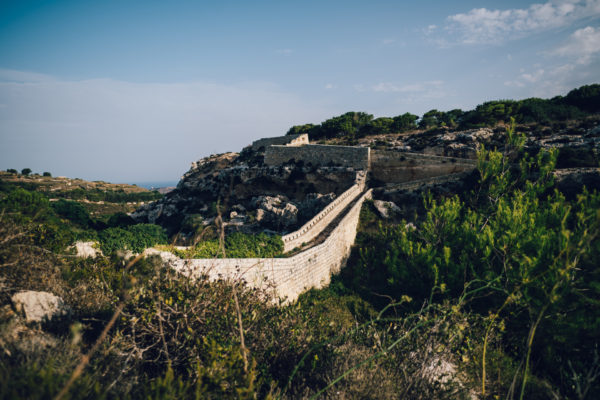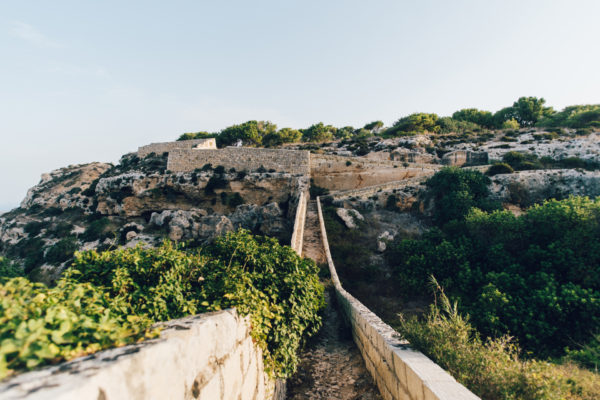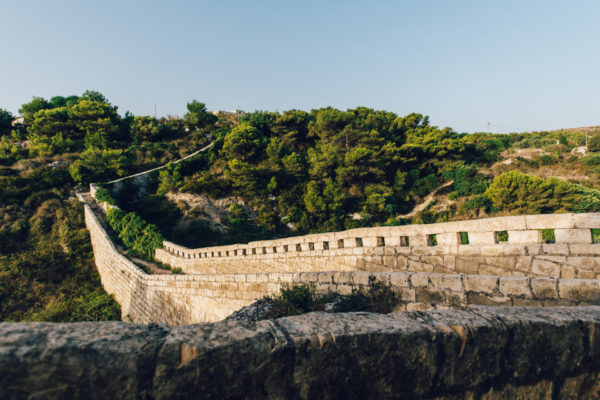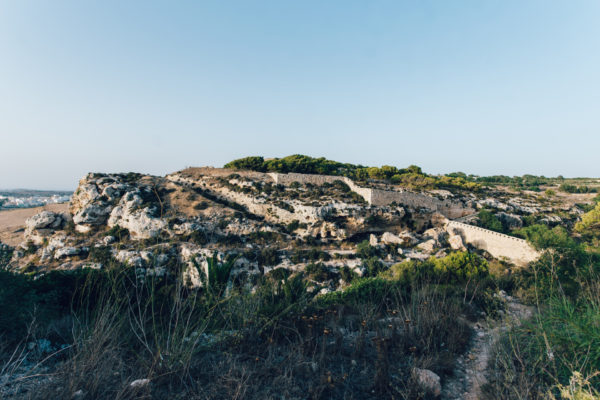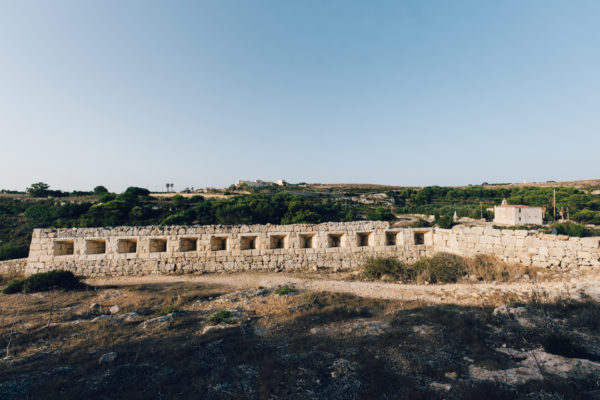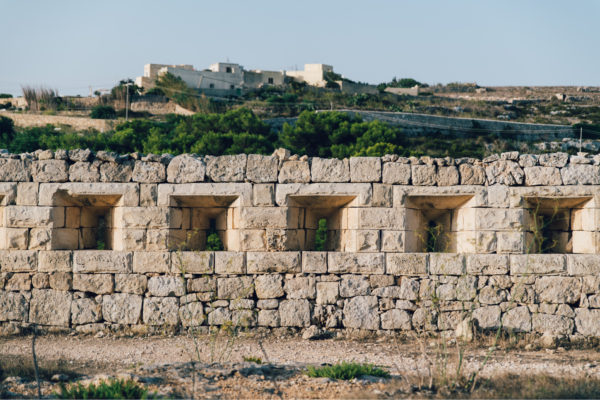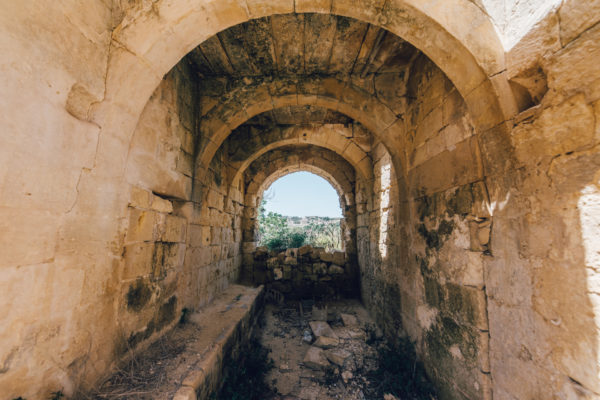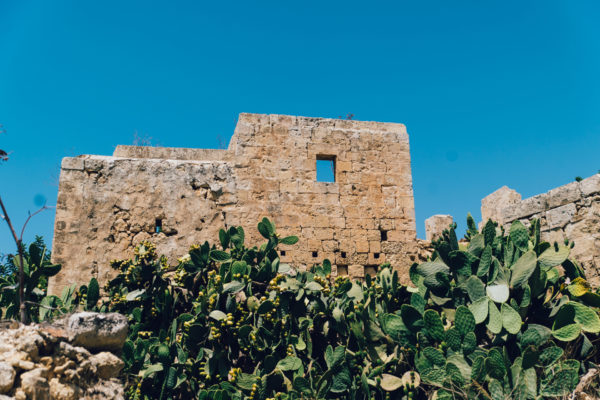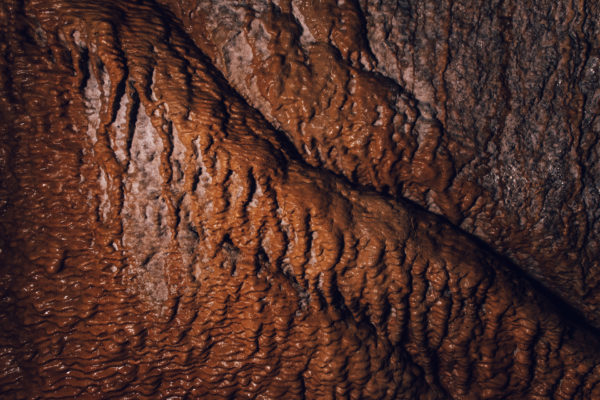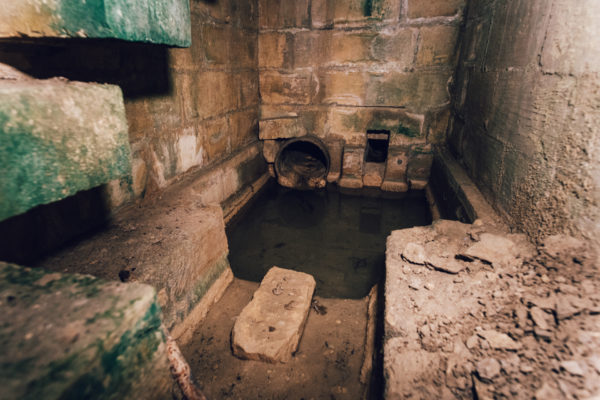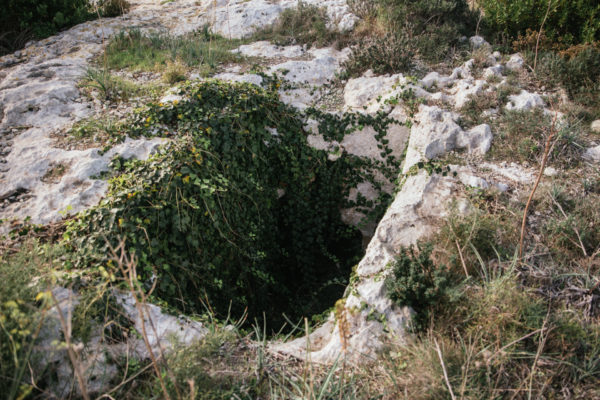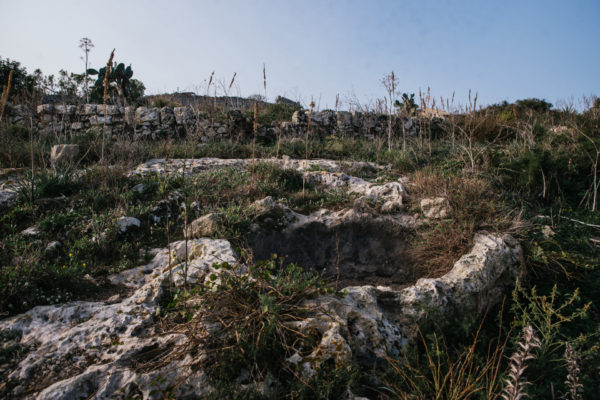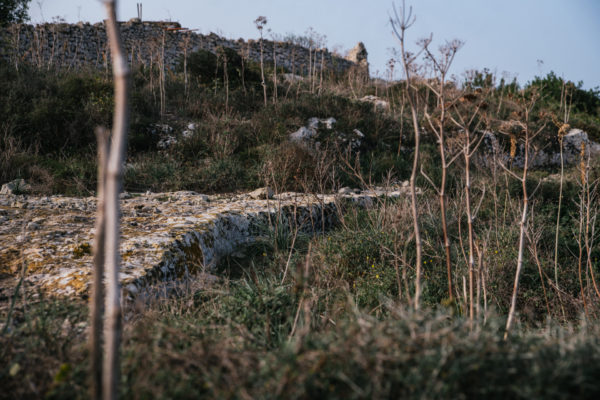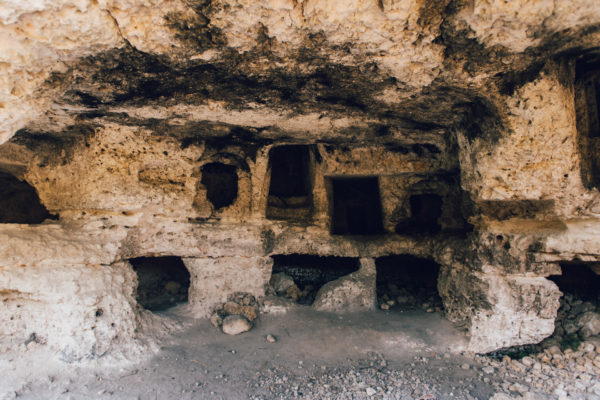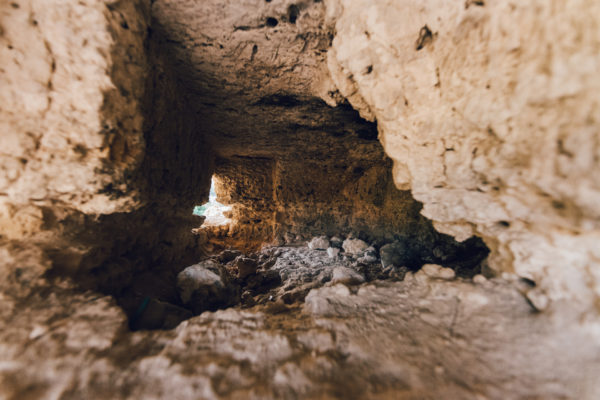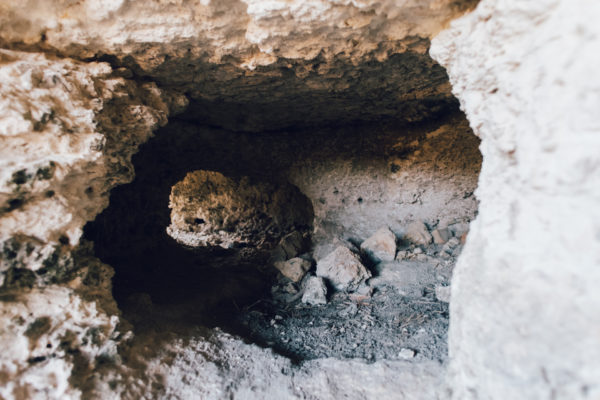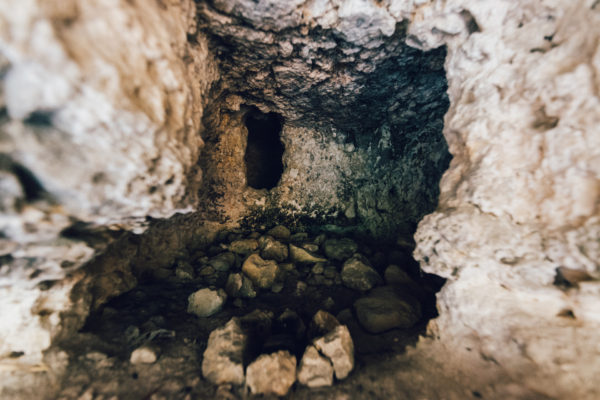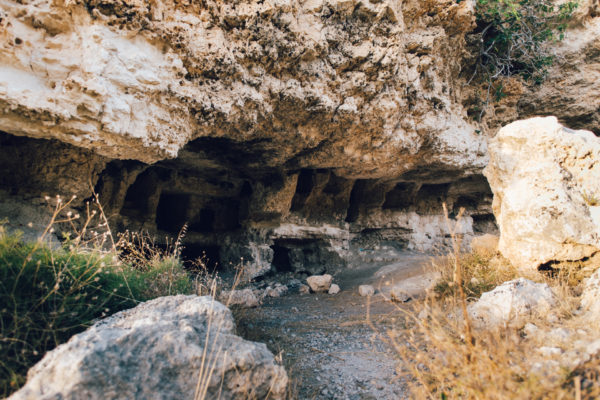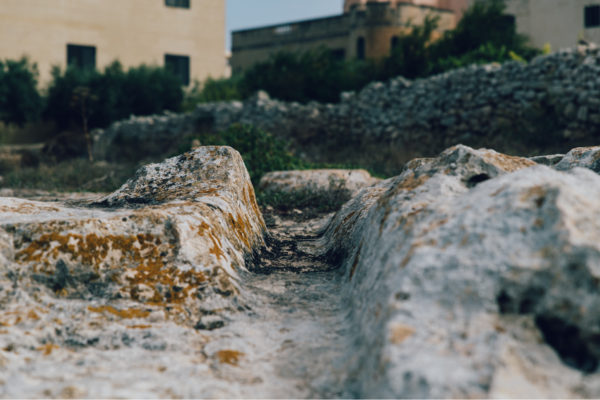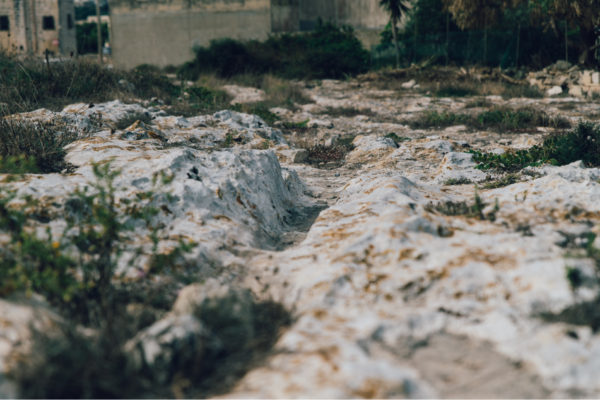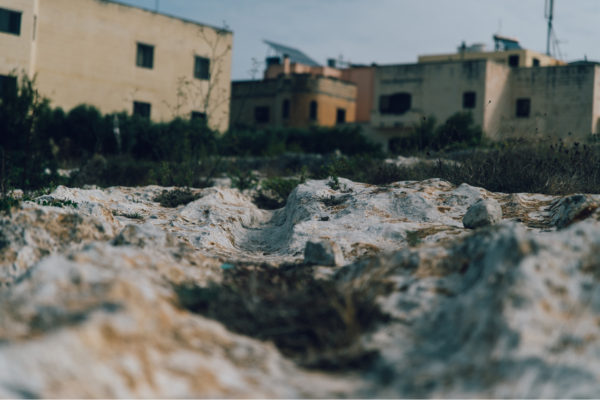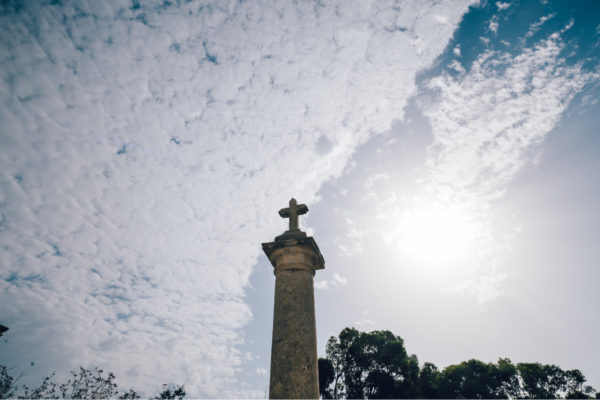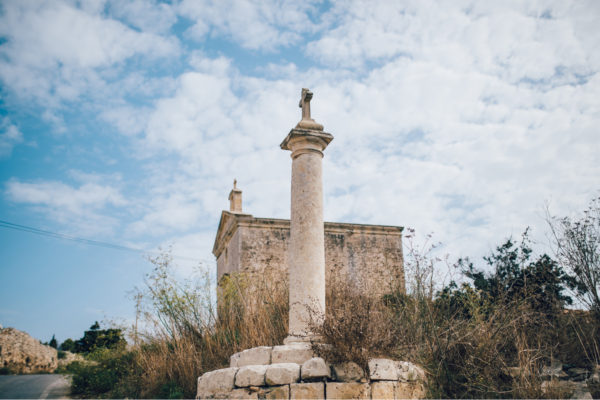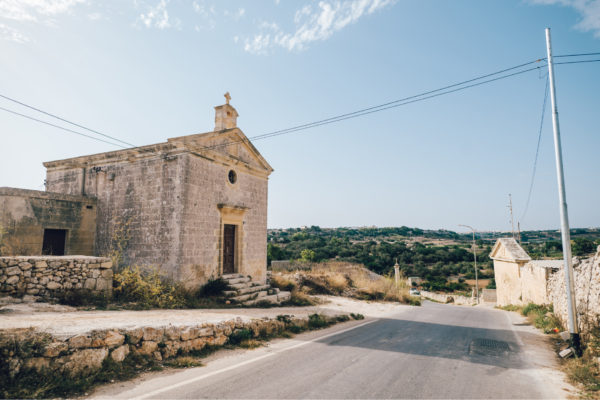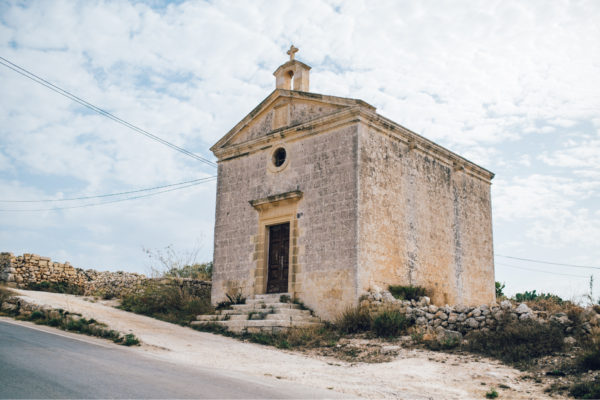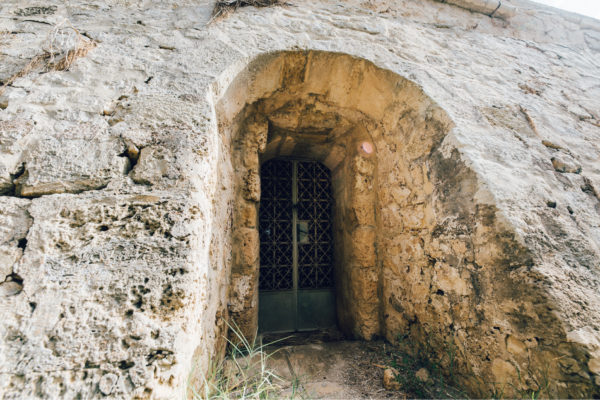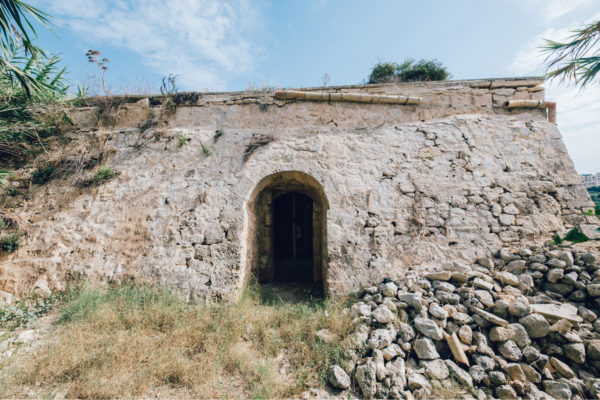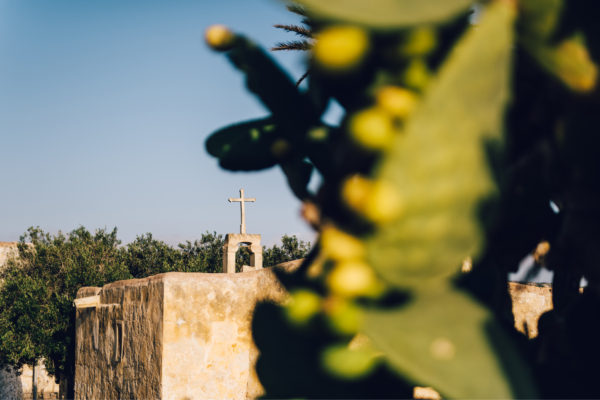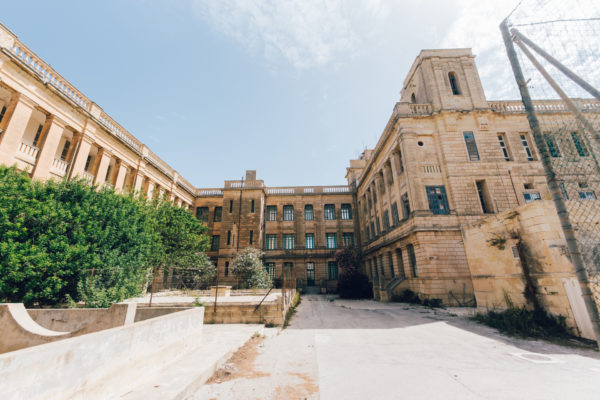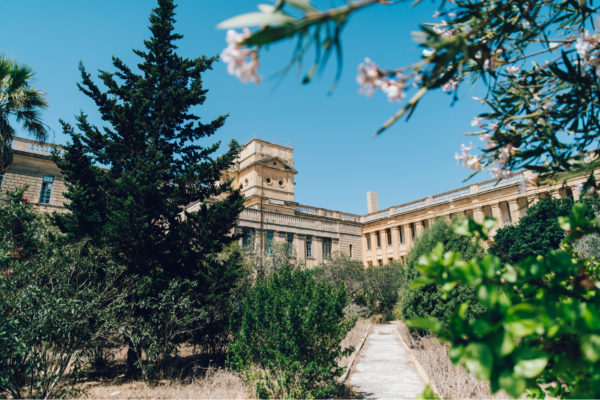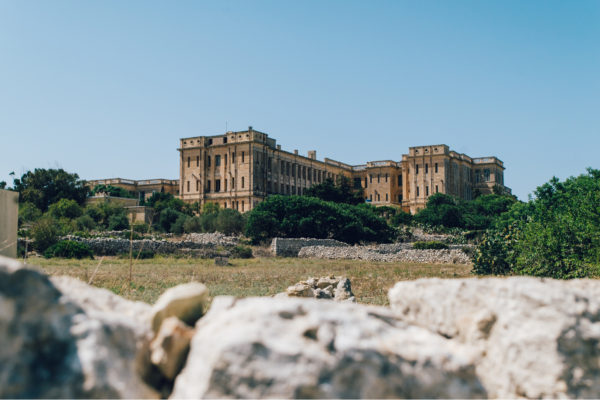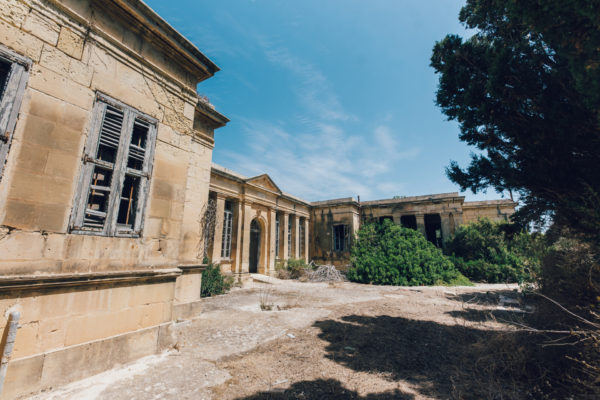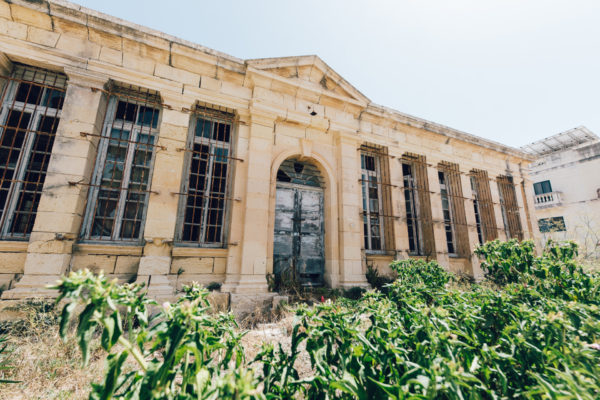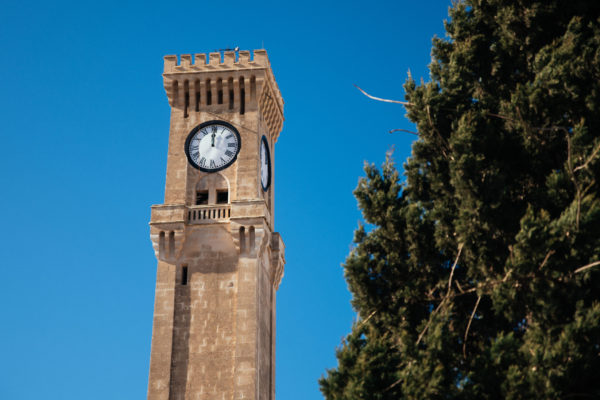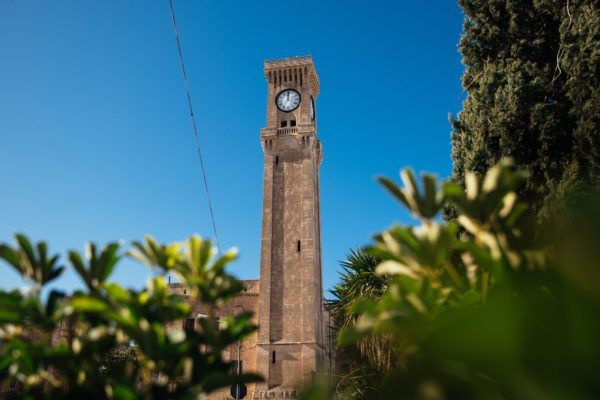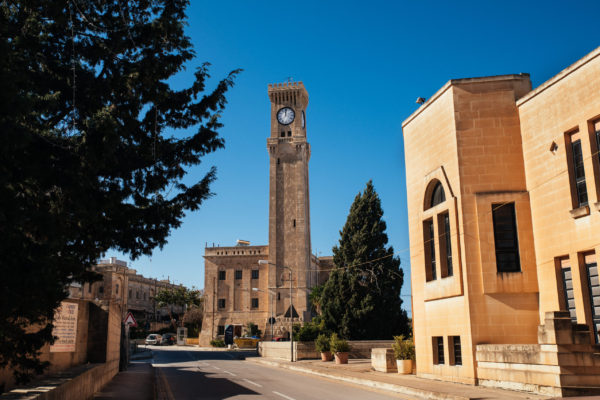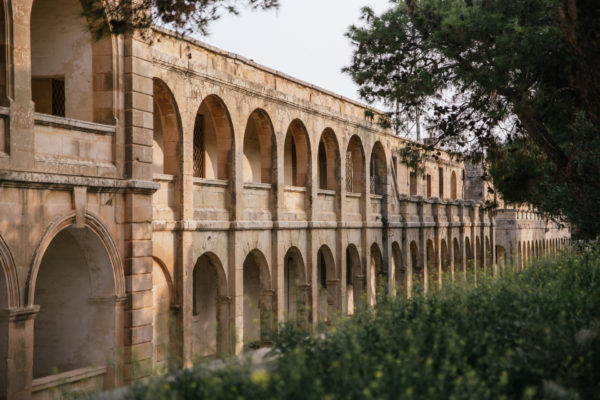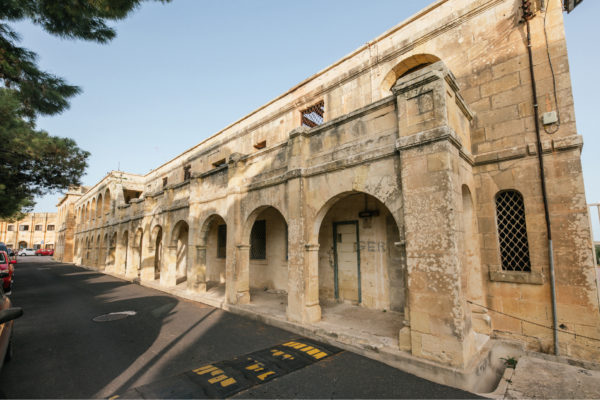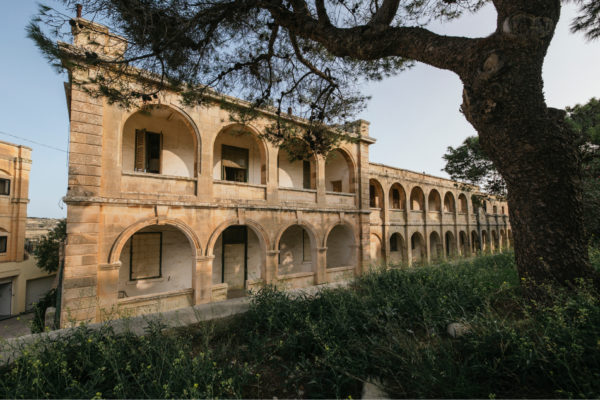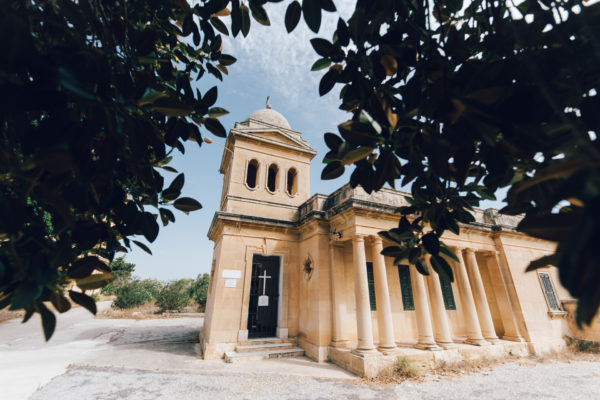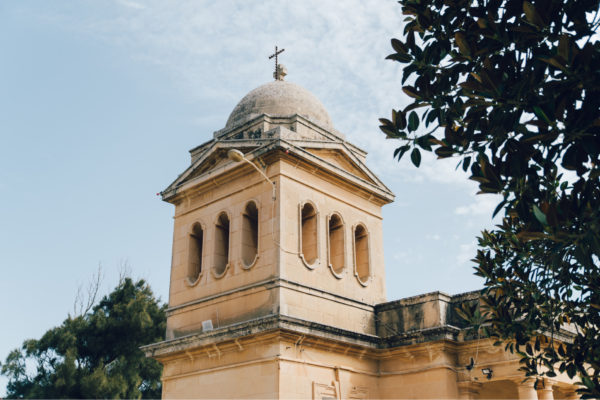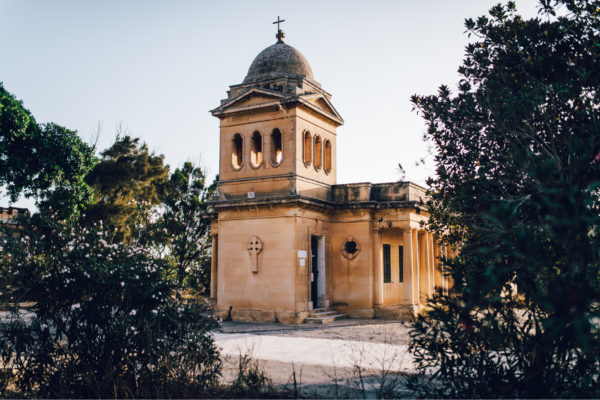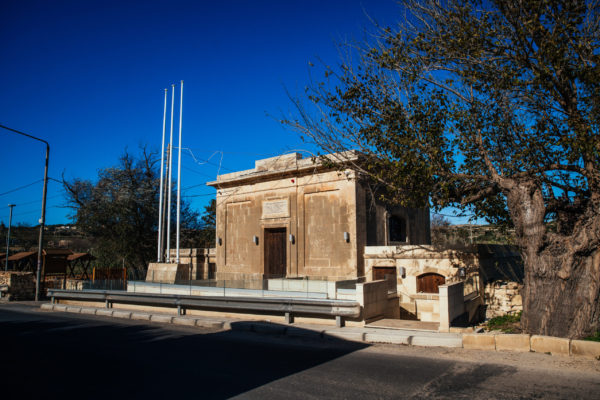
The greater water plantain is a perennial flowering aquatic plant native to most of Europe and Asia. It is hairless and grows in shallow water pools and streams. The word alisma is said to originate from the Celtic language meaning ‘water’, refering to the habitat in which this plant grows.
A fibrous root system helps the plant to anchor itself and withstand the water load present in riparian ecosystems. Leaves are long stemmed and produced from the base of the plant reaching lengths of 15 to 30 cm and widths of 7 to 10 cm. These are attached to the roots via a triangular stem which can be 1 m tall.
It produces branched inflorescence between 40 to 60 cm long with several small flowers white or pale purple petals 1 cm across. These generally open in the afternoon and contain 3 green sepals and 6 stamens each It flowers from March until May and can reach a total height of 1.5 m. The nutlets produced once the flowers have been successfully pollinated are 2 to 2.5 mm long. The seeds are dispersed singly.
The greater water plantain has long been harvested and used by many indigenous people for several medicinal uses. The leaves are said to contain antibacterial, anticholesterolemic, diaphoretic, diuretic, hypoglycaemic and hypotensive healing properties. Brews of the plant are used in treatments of cystitis, dysentery and gravel among others. The fresh leaves are also applied locally to threat bruises and swellings.
Dried stem bases can be eaten or grated and infused with water to treat digestive disorders. The seeds are crushed and the powder is used as an astringent. The seeds are also said to promote sterility. The roots also contain an essential oil that has a wide range of medicinal uses.

